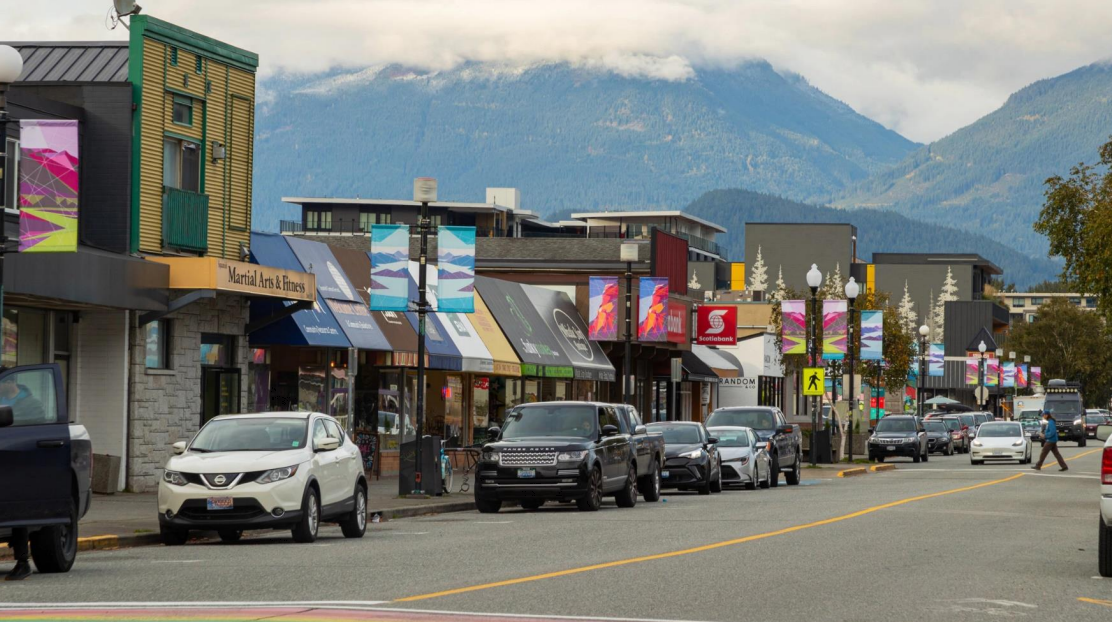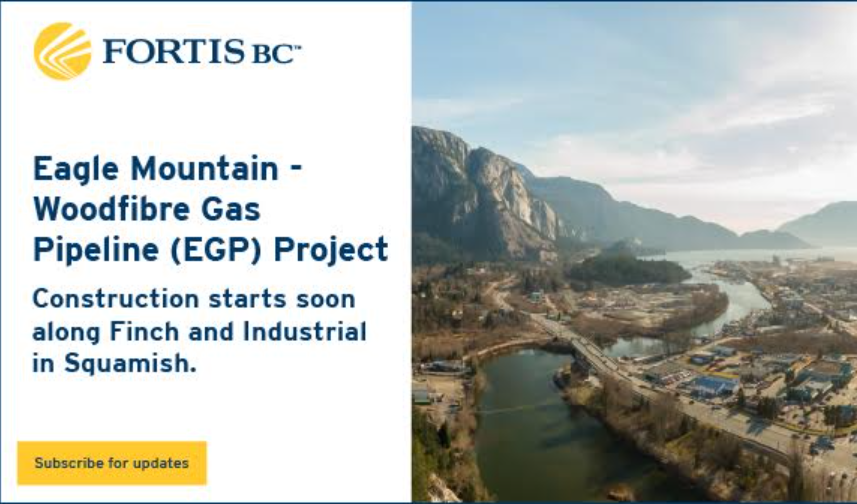
Squamish Council has directed district staff to implement a paid parking pilot project at tourism-based locations by the summer of 2025. The list of tourism-based locations will be confirmed after the district has completed public engagement.
“Tourism-based areas are also being challenged with demand for more parking than is available. One strategy being explored is to introduce paid parking at high-demand locations to generate parking revenue from visitors that could support other community services and amenities,” according to a district staff report.
Meanwhile, public input on this issue is open until January 15. The community is invited to provide feedback and express parking needs and challenges that will help development the Parking Management Plan. The survey is open at letstalksquamish.ca/parking-management.
Eventually, District wants to introduce paid parking in the downtown core on Cleveland Ave and Second Ave. A pilot project for tourism-based locations would allow it to gather data and refine the process before expanding paid parking to the downtown core. The goal, district says, is to introduce a series of ‘parking management measures’ to ensure parking remains available in Downtown Squamish.
These measures could include:
Parking turnover: “Frequent parking turnover in the commercial area is achieved through well-enforced time-regulated parking restrictions and/or pay parking.”
Time-regulated parking: “New time-regulated parking restrictions for the area surrounding the commercial area.”
Shared parking use: “On-street parking beyond the core commercial blocks shared between all users across different times of day, overnight and throughout the week/weekend.”
Parking Permit Program: “A Resident Exempt parking permit program that would apply in time-regulated residential areas.”
New loading zones: “New loading zones identified to meet business needs.”
Business owners and employees: “Programs to meet the needs of Downtown businesses and their employees.”
In 2020, District completed a Downtown Parkade study, which concluded anywhere between $10 million and $25 million is needed to build a parakade. Before considering that, the district plans to use other measures such as increased parking regulations and paid parking enforcement and new parking programs such as residential exempt parking permits.
Though the district’s Transportation Master Plan does not include a parkade, it talks about exploring off-street parking options near downtown. “To support a vibrant downtown with more space on the streets for people and to reduce conflicts with motor vehicles, the District will continue exploring opportunities for off-street parking for downtown visitors,” the plan says.





